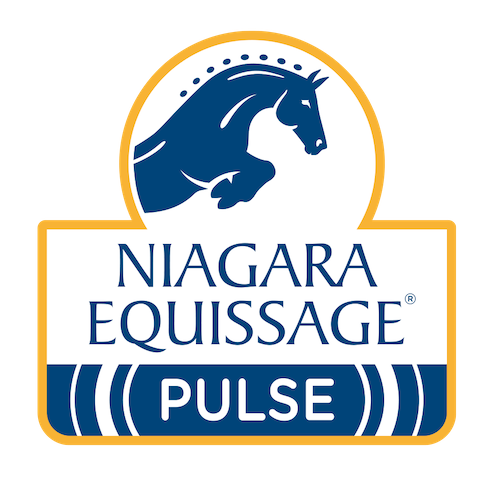Horse Wounds / Cuts
There are many different types of horse cuts and wounds. For example trauma can cause puncture, avulsion (flap of skin), incised, lacerated, abrasion or shear wounds.
The immediate response of a wound is to clot (coagulation cascade). Vasoconstriction and tissue retraction also help to prevent bleeding. The next stage is an inflammatory response, followed by a complex healing process.
Can Niagara Equissage help with horse cuts and wounds?
Yes, in general terms by way of promoting healthy circulation and efficient working of the lymphatic system (which is the “First Aid” kit of the horse).
As Niagara Equissage provides a massage and promotes circulation then obviously do not use until the natural clotting process has been effected. Ideally let 24 hours elapse. In the case of larger wounds then let common sense prevail as to the risk of possibly causing bleeding by using Niagara Equissage too soon.
Usually there is resultant swelling to a wound which Niagara Equissage is well-known for in its effectiveness in combating.
It is safe to use the leg boot for lower limb wounds provided there are no sutures (wait until these are removed) although it is recommended that if it has not been necessary to cover the wound to do so prior to use of the leg boot to guard against the risk of any debris being “vibrated” into the wound particularly if it is still “moist”.
Injured limbs are prone to filling due to lack of movement (the lymph fluid relies on muscle movement to pump it around the body) – Niagara Equissage is proven to aid lymphatic drainage.
As a precaution antibiotic treatment is usually effected to guard against infection so Niagara Equissage will help eliminate the resultant toxins.
Application
Use the Back Pad on a setting between No.2-No.4 to provide gentle stimulation rather than a “surge” effect. Nature automatically increases the blood supply to an injury site so you do not want to add to the congestion by promoting localised blood circulation. A low setting will work in harmony with nature.
If using the leg boot for a lower limb or foot injury, again a lower setting is all that is required. Cuts and wounds can be tender, however shallow, due to the number of nerve endings that are damaged.
Point to Note: Whilst some horse cuts and wounds can readily be treated by the owner, any wound that is in close proximity to a tendon or joint should be examined by a vet as there is potential for the underlying structures to be involved leading to infection.

Testimonials
See All- Racehorse Trainer in Ireland
My entire yard has been on Brandes Formula for the past year. It is an excellent equine supplement that has helped to keep my horses healthy throughout the season. I would highly recommend Brandes Formula!
- “We use the Niagara Equissage a lot. The horses really like it and it helps to loosen them up before we ride and show.”
- “We have used our Niagara Equissage for over two years for a wide variety of injuries, and noticed improvement, and in some cases remarkable improvement in our rehab program. In one instance, there was a very dramatic reduction in the healing time of a fused hock. In another, the healing of a splaced tuber coxae, i.e. “dropped hip”, was considerably improved. Horses acclimate quickly to the treatment and appear to enjoy it.”

